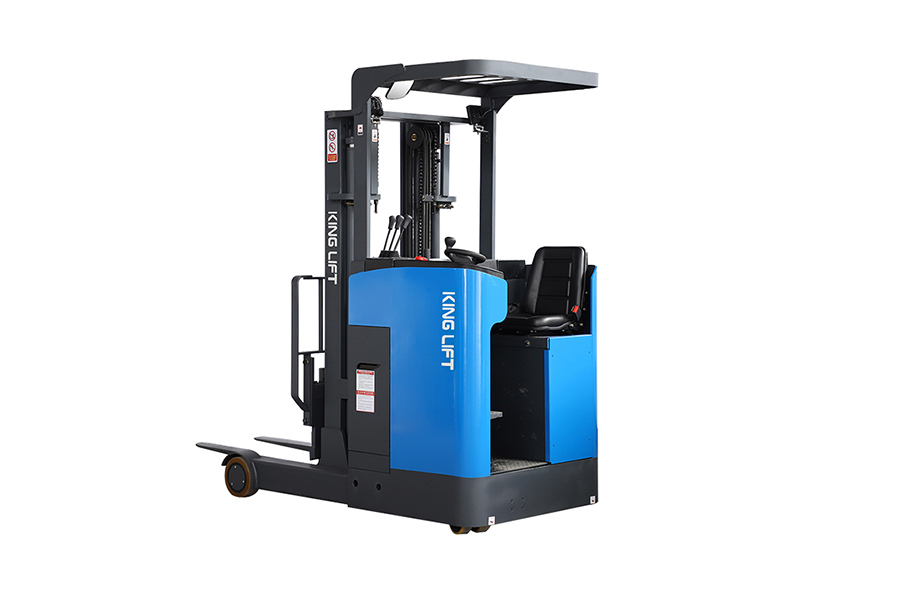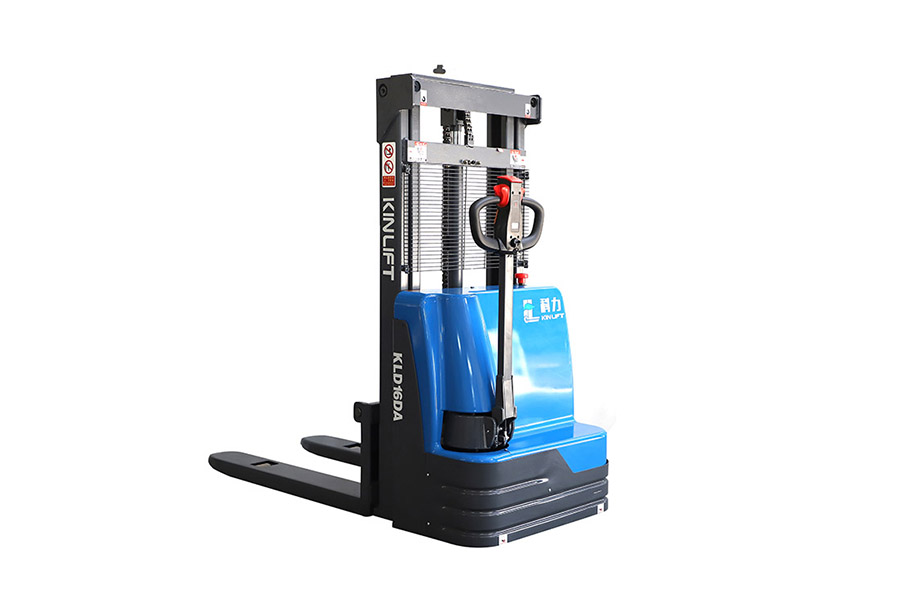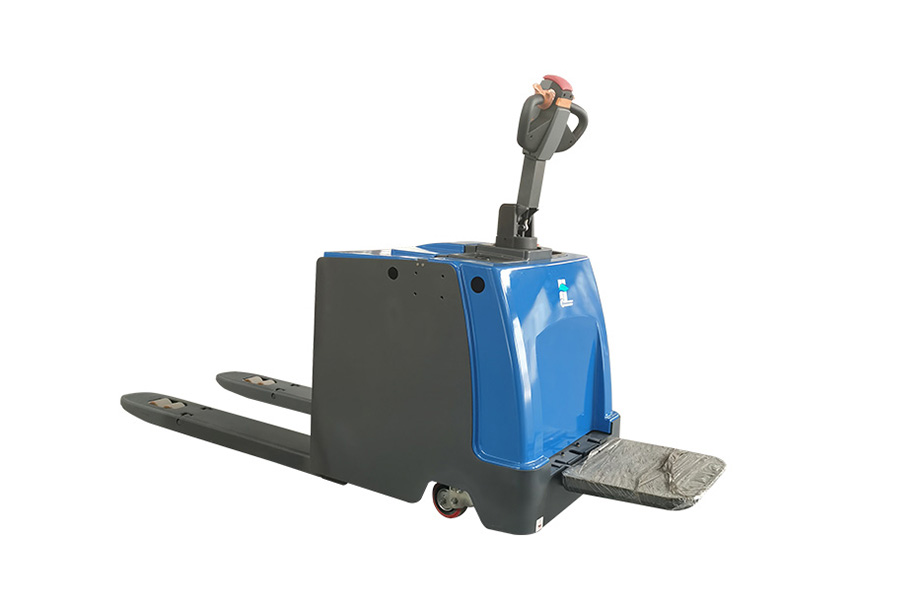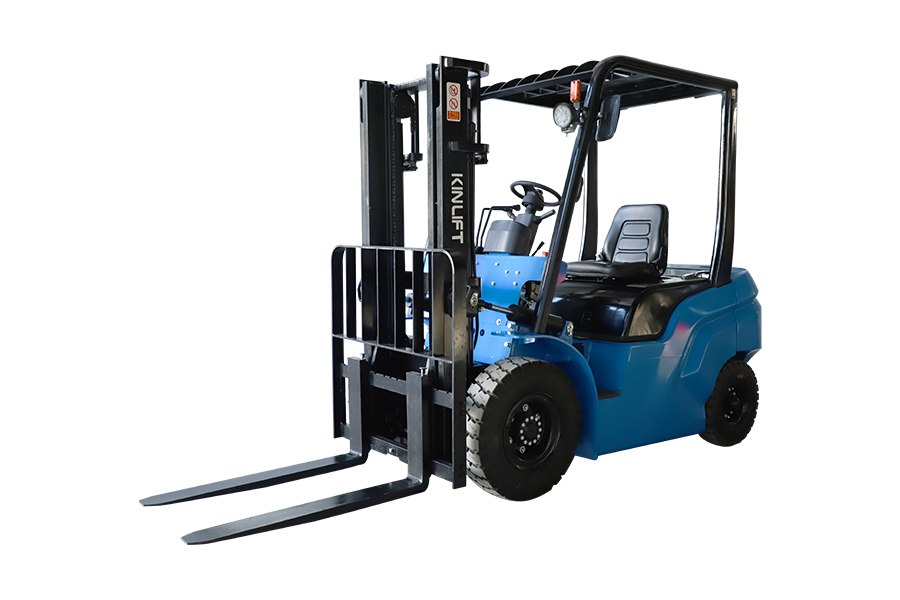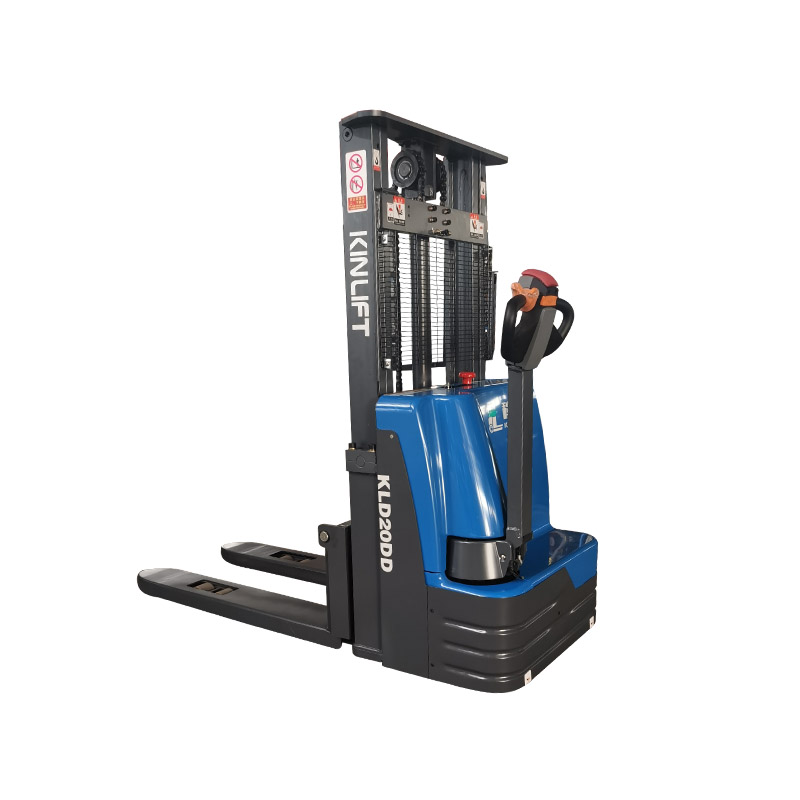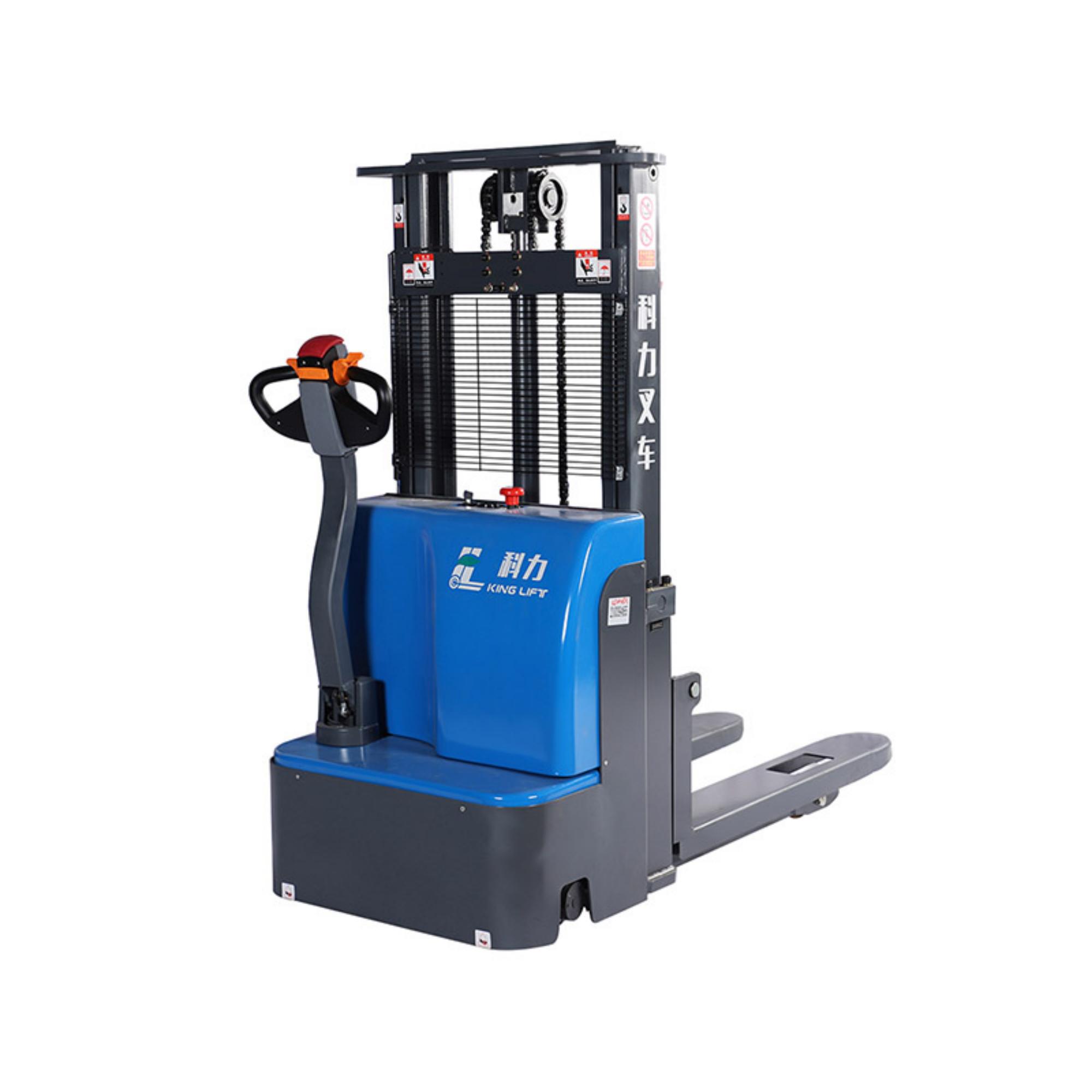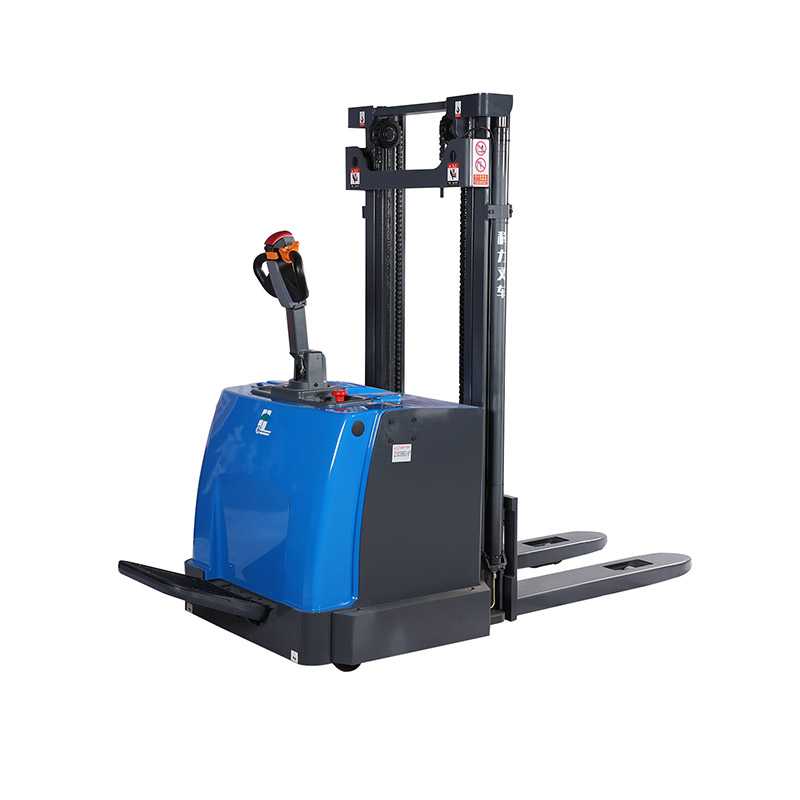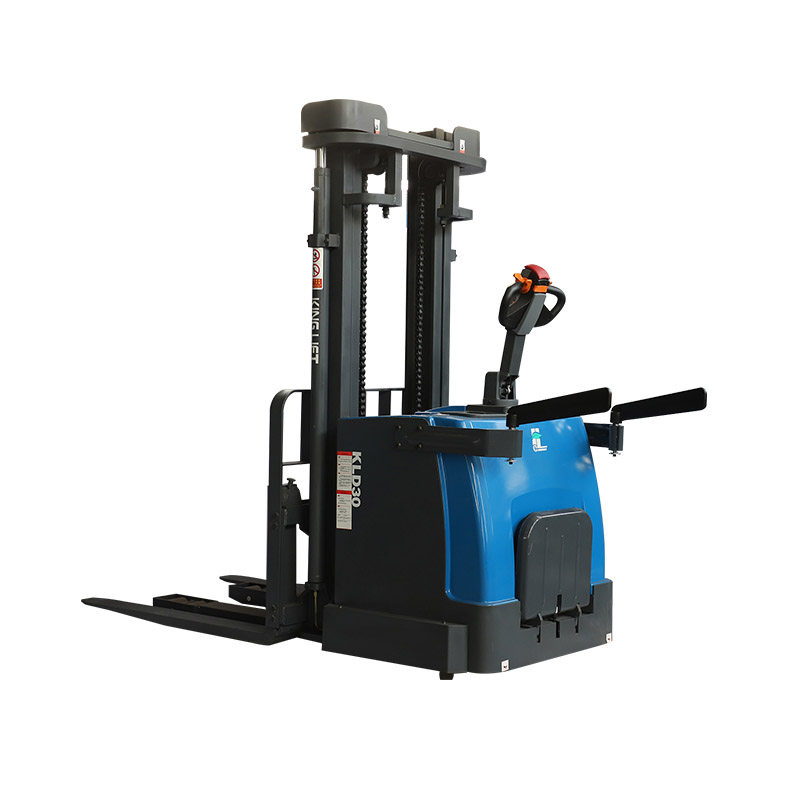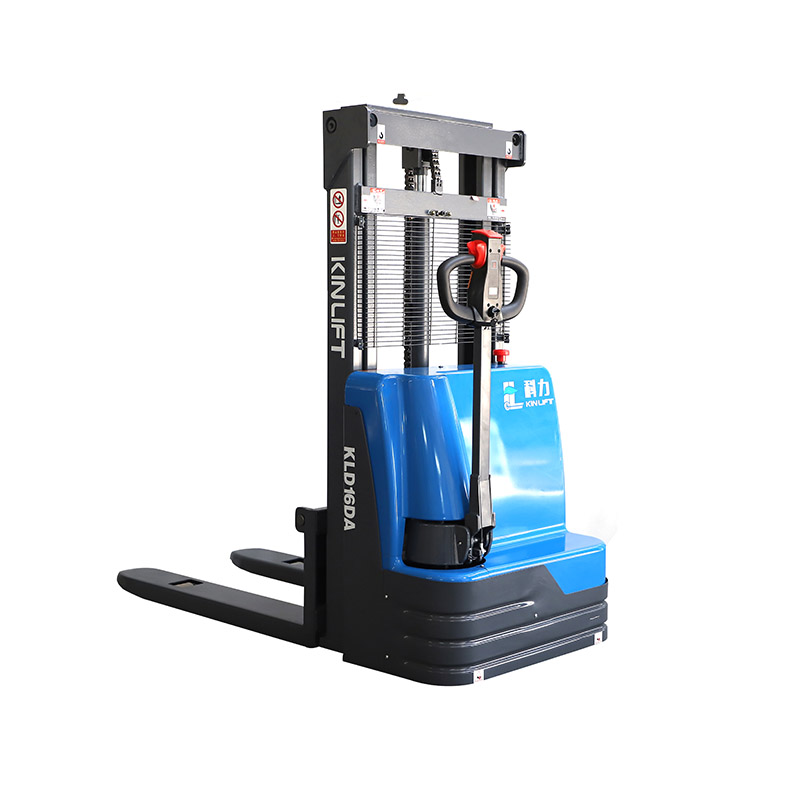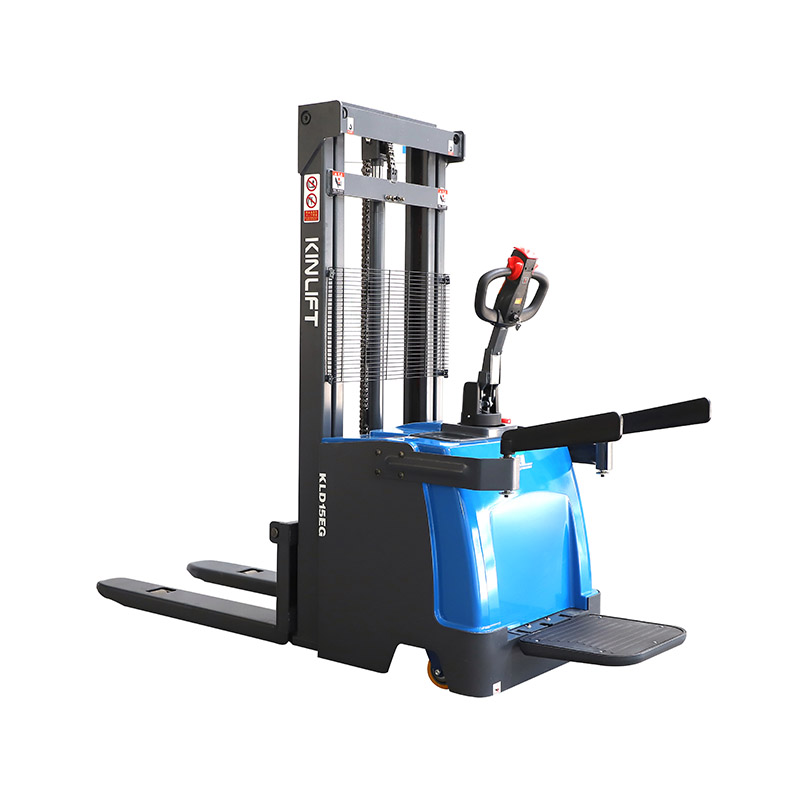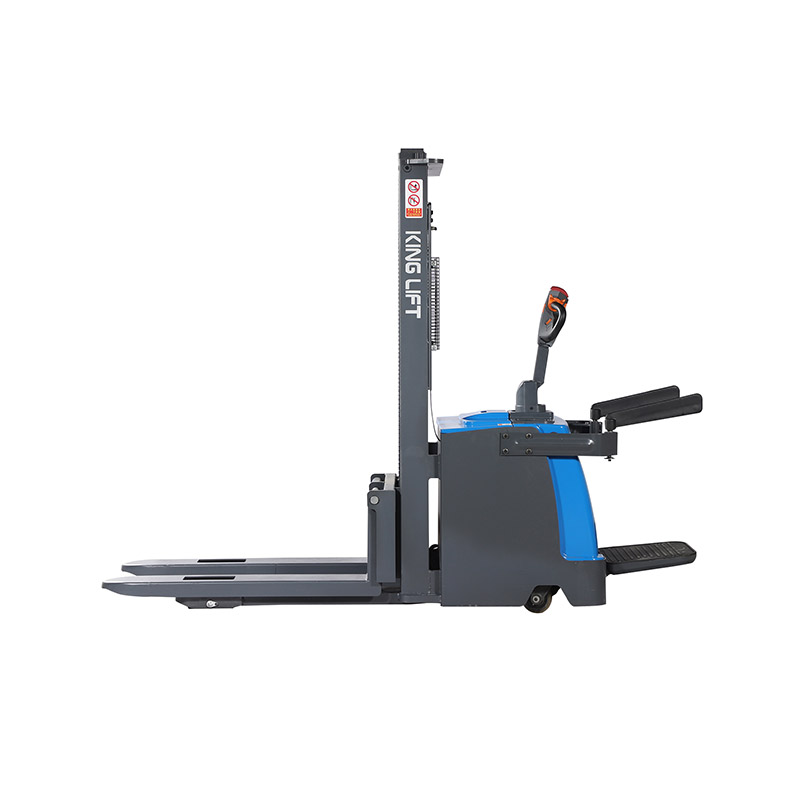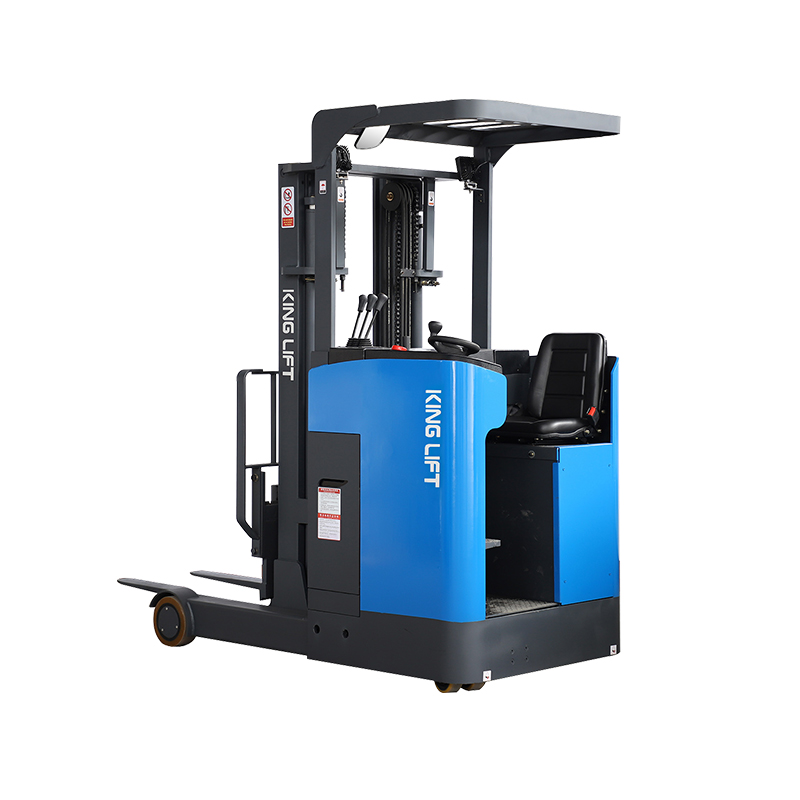Against the backdrop of the rapid development of the modern warehousing and logistics industry, Electric Forklifts For Logistics Operations as the core handling equipment, are undergoing profound changes from traditional human operations to intelligence and automation. With the continuous maturity of technologies such as the Internet of Things, artificial intelligence, sensors, etc., the functions and application scenarios of electric forklifts have been greatly expanded, which not only significantly improves the efficiency and safety of warehousing and logistics operations, but also promotes the industry to move towards a more efficient and intelligent direction.

Intelligent upgrade: technology empowers the innovation of forklift operations
The intelligent upgrade of electric forklifts is based on the deep integration of advanced technologies, improving equipment performance and operating experience from multiple dimensions. First of all, the application of Internet of Things (IoT) technology has enabled forklifts to have a "smart brain". By installing sensors and communication modules on the electric forklift, data such as the operating status, location information, power consumption, etc. of the equipment can be uploaded to the management platform in real time. Management personnel can analyze the operating trajectory and work efficiency of the forklift through remote monitoring systems, promptly discover potential faults and arrange maintenance to avoid logistics interruptions caused by equipment shutdown.
Secondly, artificial intelligence (AI) and machine learning technology empowers forklifts with “independent learning” capabilities. Through the analysis of a large amount of historical operation data, AI algorithms can optimize the driving path and fork lifting strategies of forklifts, and reduce invalid actions and energy consumption. For example, during cargo handling, the AI system can automatically plan the optimal driving route according to the weight, size and warehousing layout of the goods to avoid collision risks and improve operational efficiency. At the same time, the application of machine vision technology also gives forklifts a "smart eyes". With the help of high-definition cameras and image recognition algorithms, forklifts can accurately identify shelves, goods and obstacles, realize automatic obstacle avoidance and precise positioning, and reduce safety hazards caused by manual operation errors.
Automation application: Reshaping the warehousing and logistics operation model
The introduction of automation technology has further expanded the application scenarios of electric forklifts in the field of warehousing and logistics. In automated three-dimensional warehouses, unmanned electric forklifts become the core operating equipment. This type of forklift can drive and pick up and drop goods in the warehouse through magnetic stripe navigation, laser navigation or visual navigation, etc. without manual intervention. They are deeply connected with the warehouse management system (WMS), and complete the inlet, storage, sorting and outbound tasks of goods according to system instructions, greatly improving the utilization rate of storage space and operating efficiency.
In addition, in the logistics and distribution process, the automation application of electric forklifts is also accelerating. For example, in the sorting center of an e-commerce warehouse, electric forklifts can work in concert with automatic sorting lines and AGVs (automatic guide trucks) to realize the automatic handling of goods from storage areas to sorting areas. Through the automated dispatching system, multiple forklifts can reasonably allocate tasks, avoid operational conflicts, and form an efficient logistics operation chain. This automated operation model not only reduces labor costs, but also can continue to operate at night or peak hours, meeting the strict requirements of the logistics industry for timeliness.
Challenges and strategies for coping
Although electric forklifts have made significant progress in intelligence and automation, the industry still faces many challenges. First of all, high technical costs have become an obstacle to promotion. The research and development, production and maintenance of intelligent and automated equipment requires a large amount of capital investment. For small and medium-sized logistics companies, the purchase cost and later operation and maintenance costs are under great pressure. Secondly, technical standards and compatibility issues are prominent. There are problems such as inconsistent data interfaces and incompatible communication protocols between electric forklifts, warehousing equipment and management systems of different brands, which affect the coordinated operation between the equipment. In addition, the shortage of professional talents also restricts the development of the industry, and technicians with intelligent equipment operation and maintenance capabilities are in short supply.
To meet these challenges, the industry needs to work together with multiple parties. On the one hand, enterprises should increase R&D investment, reduce equipment costs through technological innovation, and at the same time explore new business models such as leasing and sharing to reduce the financial pressure of small and medium-sized enterprises. On the other hand, industry associations and standardization organizations need to speed up the formulation of unified technical standards to promote the interconnection between equipment of different brands. In addition, strengthening vocational education and skills training and cultivating more professional talents who are adapted to the development of intelligent logistics are also the key to the sustainable development of the industry.
Future Outlook: Intelligence and automation lead new industry trends
Looking ahead, the intelligence and automation of electric forklifts for Logistics Operations in the warehousing and logistics field will continue to improve. With the popularization of 5G, edge computing and other technologies, forklift equipment will achieve faster and more stable data transmission and processing, further improving operational response speed and accuracy. At the same time, combined with blockchain technology, the transparency and traceability of the entire process of cargo handling can be achieved, and the security and credibility of the logistics supply chain can be enhanced. In addition, the development of green energy technology, such as the application of hydrogen fuel cells in electric forklifts, will provide cleaner and more efficient power support for intelligent and automated operations, and promote the warehousing and logistics industry to continue to move towards green and intelligent directions.


 English
English русский
русский